Many news outlets have chosen not to share images of journalist James Foley's beheading, but others made the call to do so, prompting the resurgence of a long-running debate about the ethics behind such decisions.
Video of Foley's beheading by the militant group Islamic State (formerly known as ISIS) surfaced on Tuesday, and quickly prompted pleas on Twitter for people not to watch or share it. Foley's family has requested the same, and Twitter and YouTube have tried to scrub images and video of Foley's death from their platforms. The UK has even warned that watching the video could be considered a crime punishable by law.
Still, several newspapers ran stills from the video on their front pages on Wednesday morning. Julian Clarke, the chief of News Corp Australia, offered what is perhaps the most typical defense of the decision to run the harrowing images.
“This is the most horrendous thing that is going on in our world and hiding the brutal reality of this from anybody I don’t think is in anybody’s interest,” he said, according to the Guardian. Clarke added that the images conveyed to readers living in a democracy what others "would want to force on us.”
The front page of Fairfax Media's The Age newspaper also showed Foley as he appeared in the video. In the United States, the New York Post and the New York Daily News were among the newspapers that ran similar images from on their front pages, though the Guardian noted that the Post's front page was more graphic than the Age, the Daily Courier and the Daily Telegraph's.
Meanwhile, other news organizations like CNN have steered clear of sharing the video. CNN explained in a segment on Wednesday that while Foley's death is major news, the network is choosing to identify Foley with photos of the journalist working and only playing an audio clip of the video because it may contain clues about who killed him.